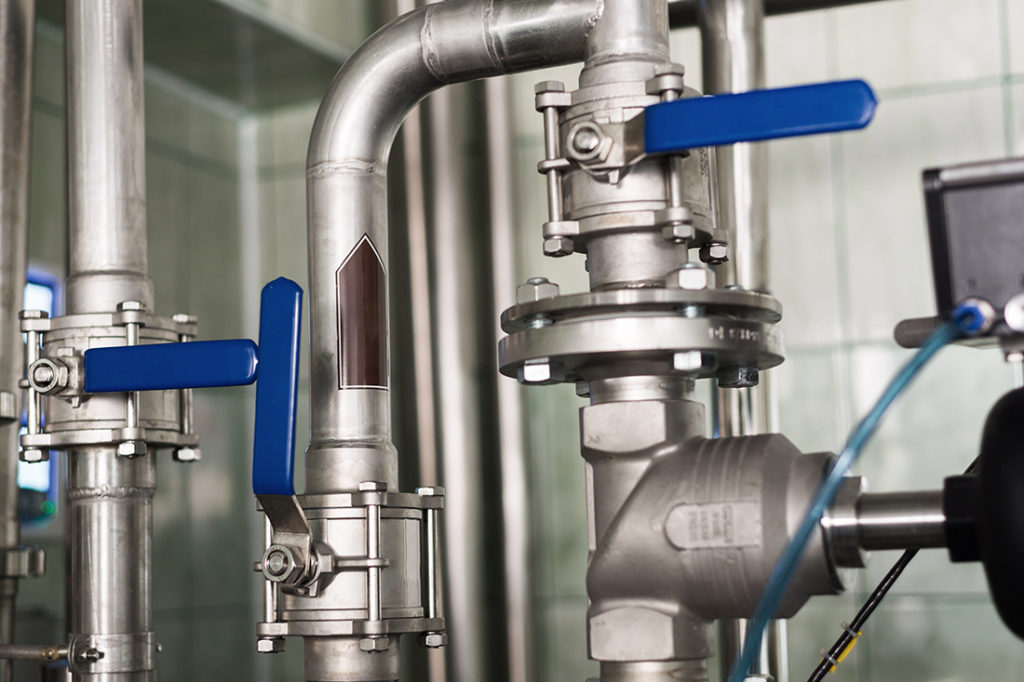Know Which One to Work With on Projects
Do you know the difference between ball valves and plug valves? Both serve a purpose to direct the flow of a liquid, gas, or other material in a pipeline system. Even though they may do the same job, there are advantages and disadvantages to using one or the other. By the time you finish reading Mid-Atlantic Inc.’s blog, you will know the difference between ball valves, plug valves.
Ball Valves Control the Flow of Materials
In the middle of every valve is a disc or divider that allows, or doesn’t allow, the flow of material through. A ball valve uses a spherical disc with a drilled hole in the middle to serve as a flow stop. Think of a ball bearing with a hole in the middle. Some ball valves have a significantly smaller hole to act as a reducer to the control rate of material flow. Ball valves have a wide variety of unidirectional, bidirectional, and multidirectional options available on the market. They can have several intake and outtake ports to allow for greater material flow control.
A Plug Valves Sealing Surface is Larger Than a Ball Valve’s
Plug valves use a cone-shaped or cylinder divider with a rectangle or trapezoid-shaped hole in the middle for material flow. A plug valve’s sealing surface is much larger than the ball valve’s. A plug valve provides a superior sealing effect. Plug valves come in two different types: Lubricated and non-lubricated. While lubricated valves are easier to move, they are usually only used in large diameter, high pressure, and high temperature systems.
Plug Valves Are the Most Reliable Emergency Shutdown Option
Plumbers primarily use large diameter ball and plug valves in industrial settings. They use plug valves in pipeline systems, where waste material is flowing through the pipes. They have a higher surface area, and allow for unrestricted medium flow. When contractors use them where corrosive or hard materials are present, plug valves are in use to provide tight sealing. Plug valves are the most reliable emergency shutdown option, thanks to their basic parts and operation.
Ball Valves Are Important in Oil Refineries, Gas Lines, and More
Ball valves find their way into liquid natural gas plants, oil refineries, and gas lines. They are also for hydroelectric turbines, and a wide variety of industrial pipeline systems. Food and beverage manufacturers must use stainless steel ball valves. Your water, soda, or other beverage, may have flowed through a ball valve at one point.
Both Valves Provide Tight Seals
Both ball valves and plug valves provide tight seals in a variety of applications. Plug valves seal better, but they’re difficult to use, cost more, and are heavy for practical use in large-scale systems. Ball valves may not have the best sealing, but they are simple to operate, and scale up for bigger applications.
Mid-Atlantic Inc is the best choice for professional customer service and quality products. Whether you are looking for valve lubricants, sealants, or replacement parts, we have you covered. Visit our website for more information on all of our products and services.
For more information on ball valves and plug valves, give Mid-Atlantic Inc. a call at (724) 220-5415. We are happy to talk to you about the difference between ball valves and plug valves.


